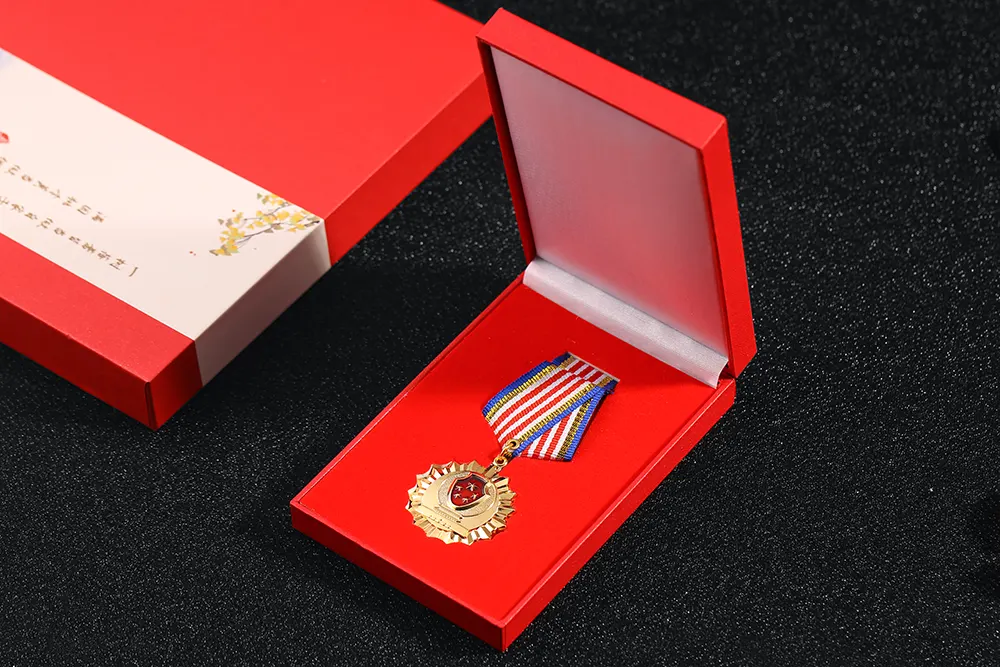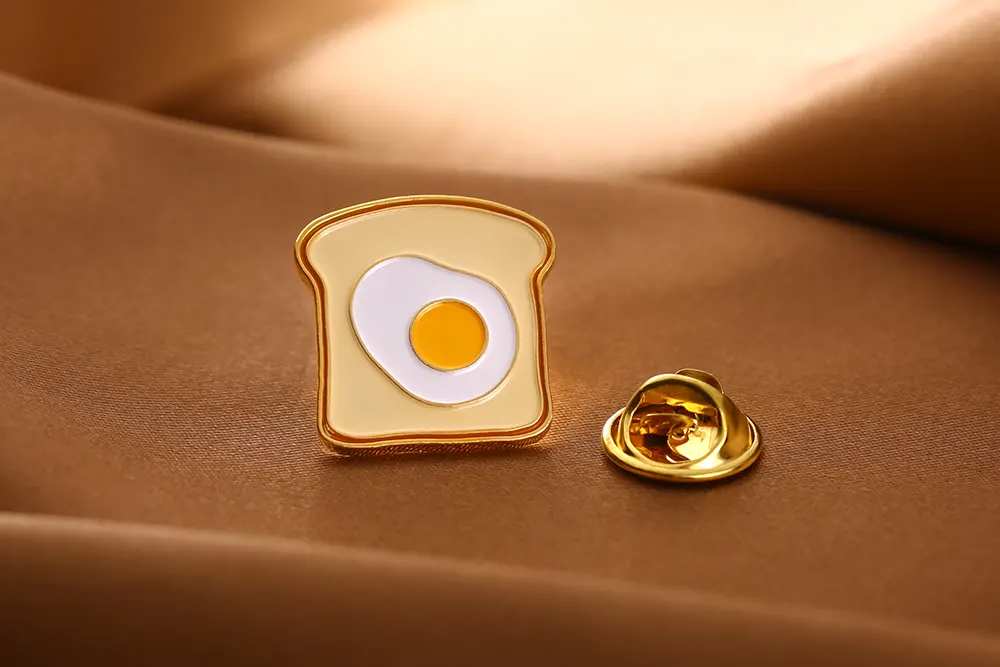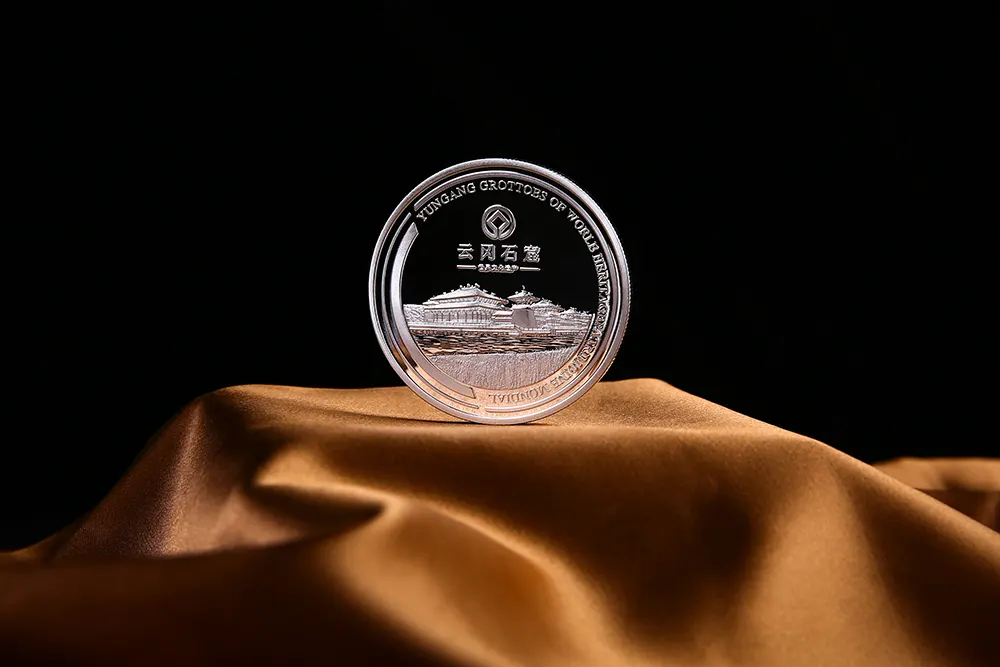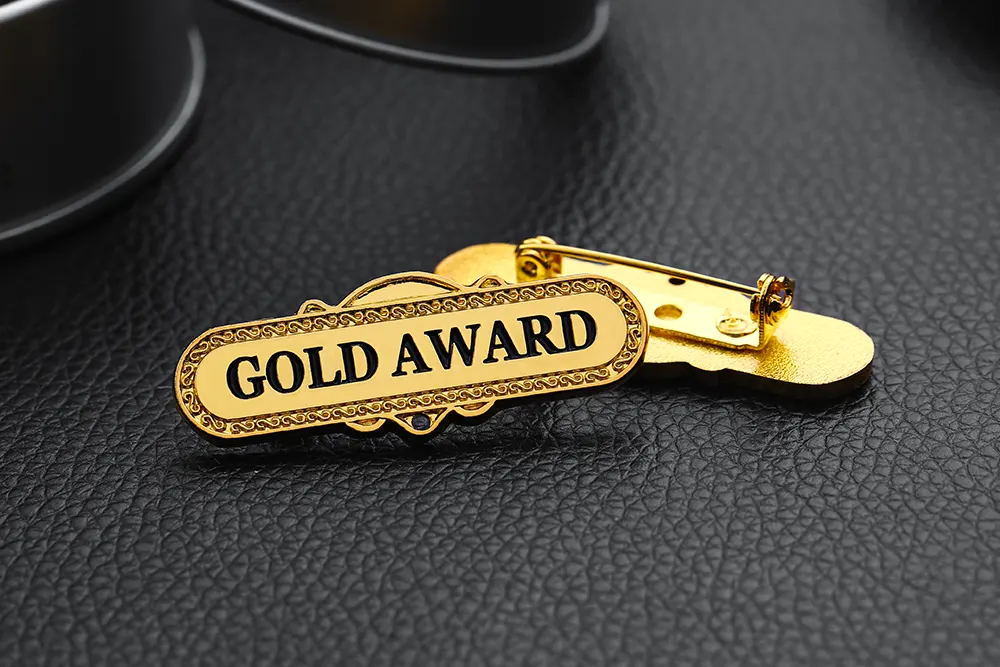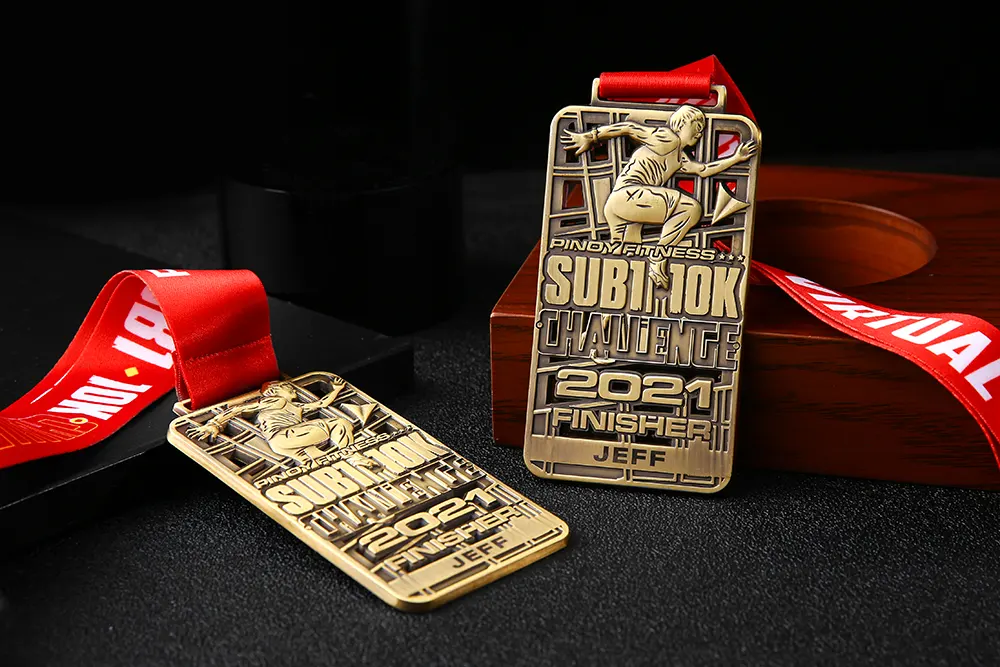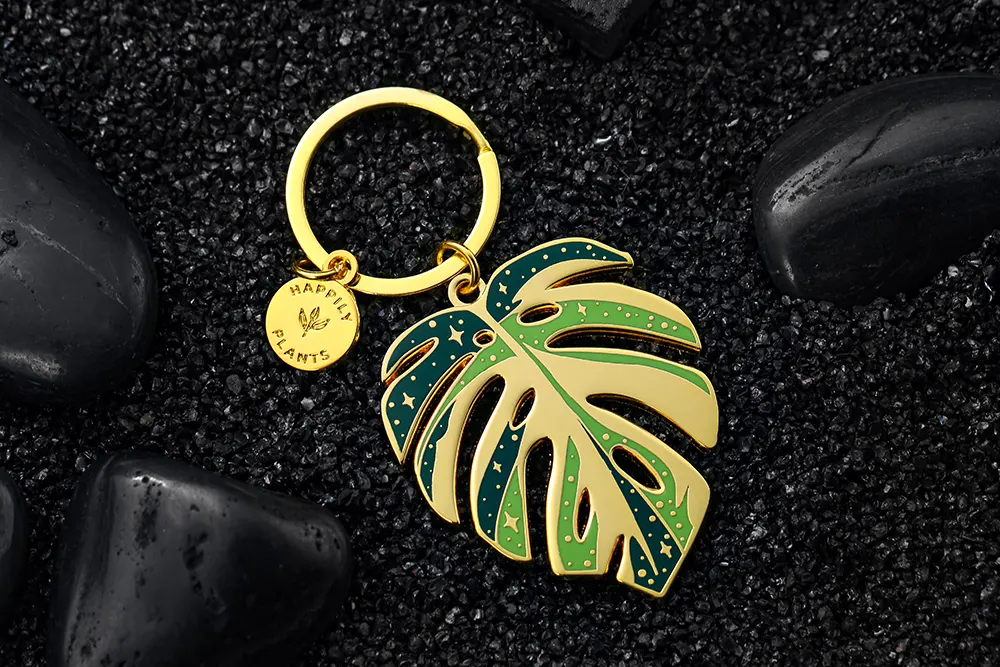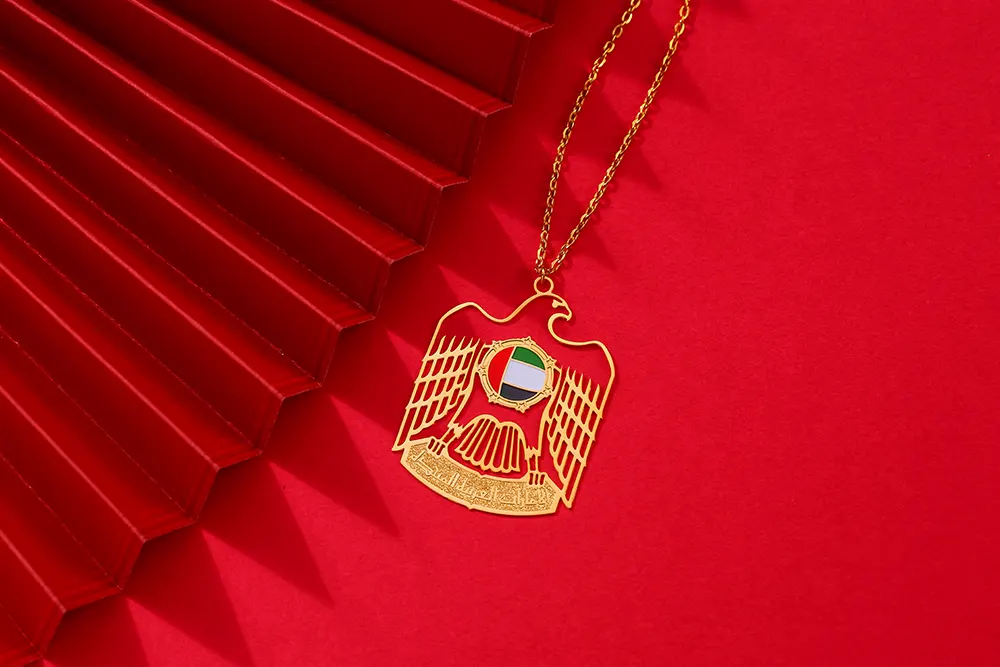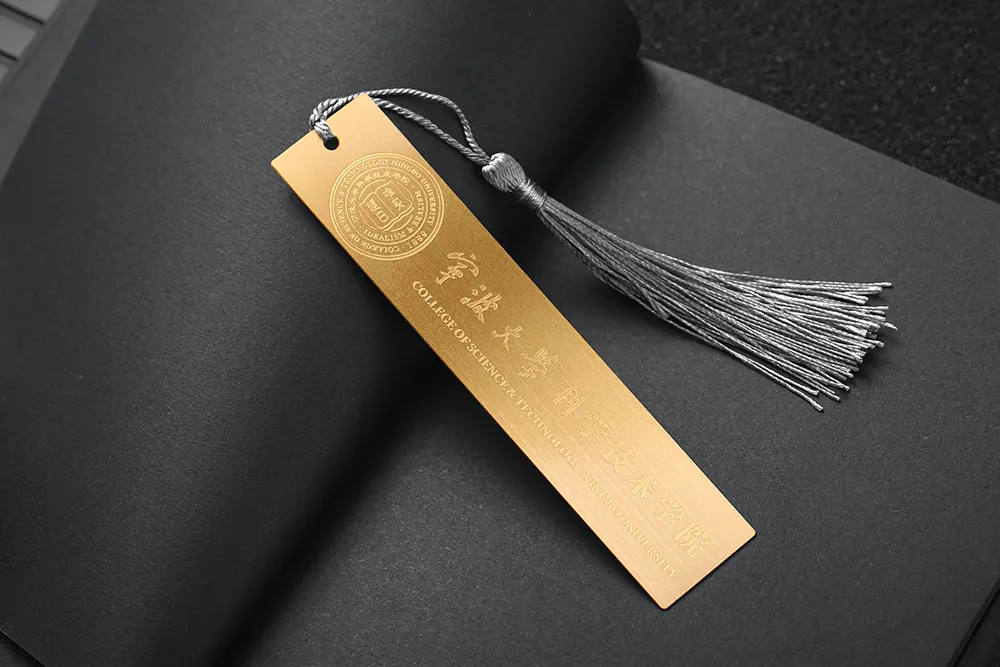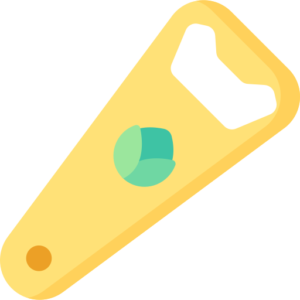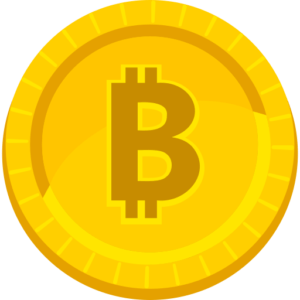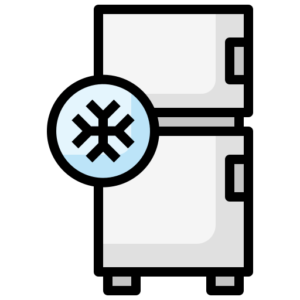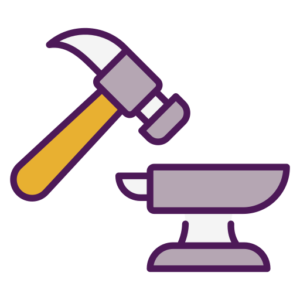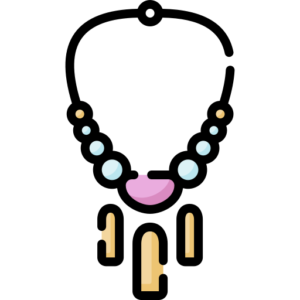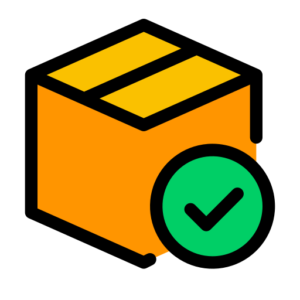When I first thought about creating personalized coins for my company’s anniversary celebration, I had no idea where to start. The world of coin making seemed mysterious and complicated, reserved for government mints and large corporations. But after going through the process myself, I discovered that designing your own coins is more accessible than most people think.
Why Custom Coins Matter More Than Ever
Custom made coins have become increasingly popular for recognizing achievements, celebrating milestones, and building brand awareness. Unlike generic awards or promotional items, a well-designed coin carries weight—both literally and symbolically. Whether you’re planning promotional coins for a marketing campaign or creating commemorative pieces for a special event, the personalized coin you design becomes a lasting keepsake that people actually want to hold onto.
Understanding the Coin Creation Process
The journey from concept to finished product involves several key stages. Most professional coin makers follow a structured approach that ensures quality results:
First comes the design phase. When you create your own coin, you’ll work with either design templates or start from scratch. The design coin stage is where your vision takes shape. You’ll need to consider the size, shape, metal type, and whether you want features like custom stamped coins with raised elements or custom printed coin surfaces with full-color details.
Next, you’ll select your production method. Traditional minting creates handmade coins through a stamping process that presses your design into metal. This technique works beautifully for custom logo coin projects where you want a classic, prestigious look. Modern printing technology offers another route, allowing for intricate color work and photographic details that stamping can’t achieve.
Choosing the Right Custom Coin Maker
Not all coin makers are created equal. When searching for a custom coin creator, look for companies that offer design assistance, provide physical proof samples, and have transparent pricing. A reliable custom coin maker should be able to guide you through material options—from brass and bronze to silver and gold plating—and explain how each choice affects both appearance and cost.
Ask to see their portfolio of previous work. The best makers will have experience with everything from military challenge coins to corporate recognition pieces. They should also be willing to discuss minimum order quantities, turnaround times, and revision policies before you commit.
My Personal Journey: Lessons from Creating 500 Custom Coins
When I decided to make custom coin pieces for our tenth anniversary, I made several mistakes that you can avoid. My first design attempt was far too detailed—I wanted to include our entire company history on a one-inch coin. The manufacturer gently explained that fine text becomes illegible at small sizes, and intricate details get lost in the minting process.
I learned that simplicity wins. We stripped the design down to our logo, anniversary dates, and a single meaningful symbol. The result was striking and professional. I also discovered the importance of working with actual metal samples. What looked perfect on screen appeared completely different in antique bronze versus polished silver. Seeing physical samples helped us make the right choice.
The most valuable lesson? Communication is everything. I scheduled calls with our custom coin making team rather than relying solely on email. Those conversations helped us troubleshoot issues with edge text alignment and choose the right thickness for our coins to feel substantial without being bulky.
Design Tips That Make Your Coins Stand Out
After researching countless examples and going through the custom coin design process myself, here are strategies that consistently produce outstanding results:
Embrace negative space. When you design your own coins, resist the urge to fill every millimeter. Empty areas create visual breathing room and make your main elements pop. The most memorable coins often have clean, uncluttered designs.
Consider both sides equally. Many beginners focus all their creative energy on the front and treat the back as an afterthought. A well-designed reverse side adds value and tells a more complete story. Use it for additional messaging, a secondary image, or complementary design elements.
Think about texture variations. Combining different finishes—polished areas against matte backgrounds, for example—creates depth and visual interest. Custom stamped coins can incorporate various relief heights, adding a tactile dimension that makes your piece more engaging to hold and examine.
Beyond Aesthetics: Practical Considerations
While creating beautiful personalized coins is important, practical factors determine whether your project succeeds:
Budget planning requires honesty about your needs. Coin creation costs vary dramatically based on size, materials, quantity, and complexity. A simple custom printed coin in a standard size costs significantly less than a large, multi-colored piece with special edge treatments. Get detailed quotes from multiple makers and understand what drives the price differences.
Timeline management can make or break event-driven projects. Standard production typically takes three to six weeks from final design approval to delivery. If you need custom coins made for a specific date, work backward from your deadline and add buffer time for potential delays or revision rounds.
Packaging and presentation matter more than you might think. A beautiful coin loses impact if it arrives in a plain plastic bag. Many makers offer display cases, velvet pouches, or custom packaging that enhance the perceived value of your piece.
Popular Applications for Custom Coins
Understanding how others use personalized coins can inspire your own project. Military units have long used challenge coins to build camaraderie and recognize service. Businesses create promotional coins as memorable alternatives to standard business cards or trade show giveaways. Nonprofits design commemorative pieces to thank major donors or celebrate fundraising milestones.
Sports teams make custom coin pieces to honor championships or individual achievements. Educational institutions create coins for graduation recognition or academic excellence awards. Even individuals commission coins for weddings, anniversaries, or family reunions, transforming significant moments into tangible keepsakes.
The Technical Side: Materials and Finishes Explained
When you create custom coin designs, material selection impacts both appearance and longevity. Base metals like zinc alloy and brass offer affordability and durability for large quantities. These work perfectly for promotional coins where cost per unit matters most.
For premium applications, consider copper, bronze, or iron with plating options. Gold and silver plating add luxury appeal without precious metal costs. Antique finishes create vintage aesthetics, while polished surfaces deliver modern brilliance. Some makers offer dual plating, combining metals on a single coin for striking contrast.
Enamel color filling brings designs to life with vibrant, durable hues. Soft enamel sits below the metal surface, creating texture you can feel. Hard enamel fills level with the metal and is polished smooth, offering a glossy, upscale appearance similar to jewelry.
Quality Control: What to Check Before Approval
Before your custom coin making project goes into full production, verify these critical elements:
Examine proof images or physical samples under good lighting. Check that all text is spelled correctly and reads clearly at actual size. Verify that logos and symbols maintain proper proportions and that fine details haven’t been lost in translation from digital file to physical coin.
Assess color accuracy if using enamel. Screen colors and printed proofs never match physical results perfectly. Request color samples if exact matching is crucial to your brand standards.
Evaluate edge details and overall thickness. These elements affect how the coin feels in hand and its perceived quality. A too-thin coin feels cheap; excessive thickness makes it awkward to carry or display.
Making Your Decision: Ready to Start Your Project?
Creating your first custom coin might seem daunting, but thousands of people successfully make their own coin designs every year without prior experience. The key is choosing the right custom coin creator who will partner with you through the process rather than just taking your order.
Start by clarifying your purpose, budget, and timeline. Gather inspiration from existing coins you admire. Sketch rough ideas even if you’re not artistic—these give designers a starting point for understanding your vision. Most importantly, ask questions throughout the process. Professional coin makers expect questions and appreciate clients who engage actively in the design process.
Whether you’re designing promotional coins to build brand awareness, creating recognition pieces for your team, or commemorating a special occasion with handmade coins, the result will be something tangible that carries meaning far beyond its monetary value. That’s the real magic of custom coin creation—transforming ideas and memories into lasting metal.
The coins I created three years ago still sit on desks throughout our office. Employees tell me they’ve shown them to family members and kept them as reminders of what we’ve built together. That lasting impact, more than anything else, proves the value of taking the time to design something truly custom and meaningful.
















